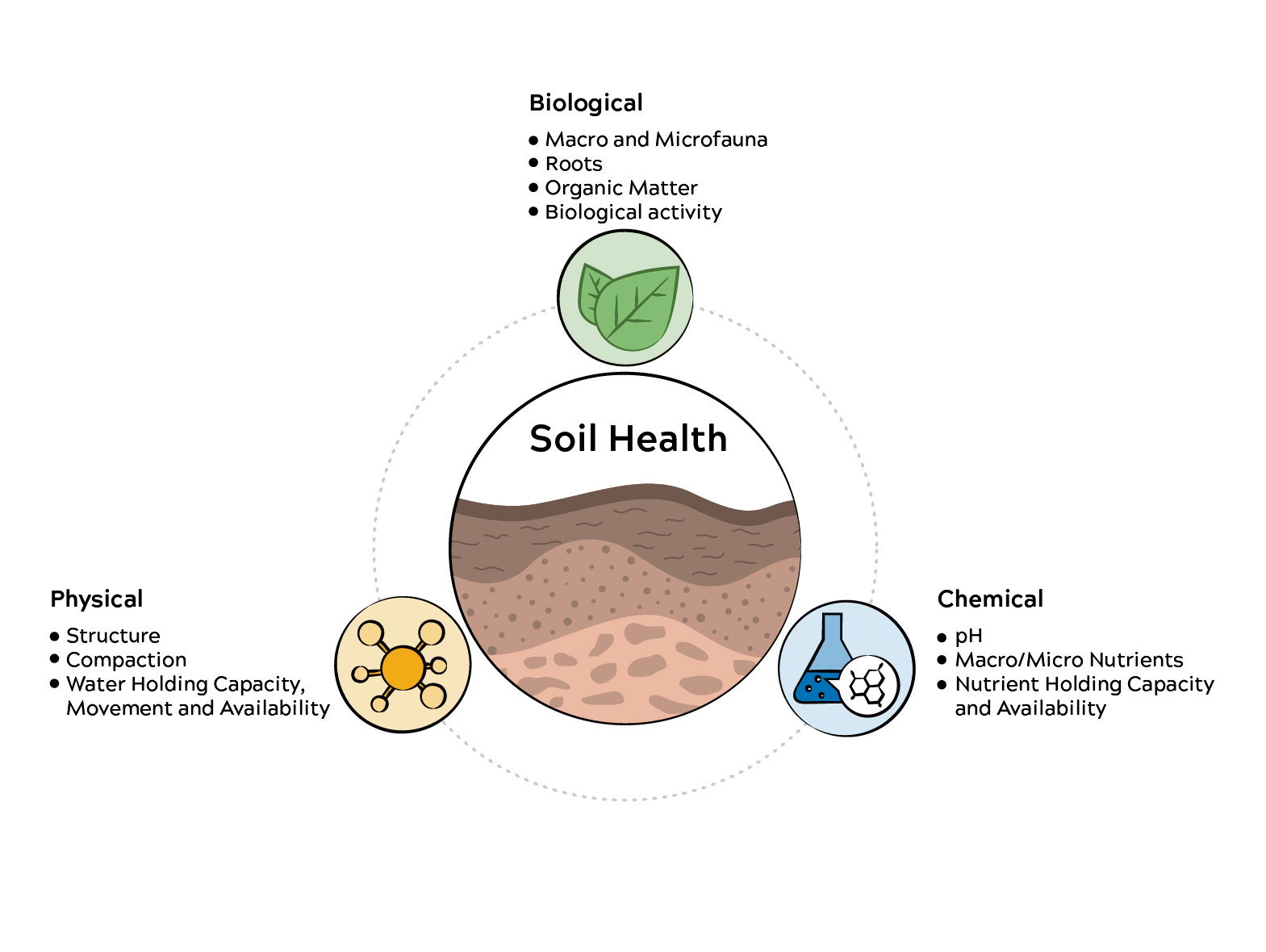Very interesting to see that my observations have shown up quite nicely in the report, also organic matter is up where we have had a cover crop followed by a spring crop for several years.
{{selectedAlertBand.alertDescription}}
{{selectedAlertBand.incident.heading}}

